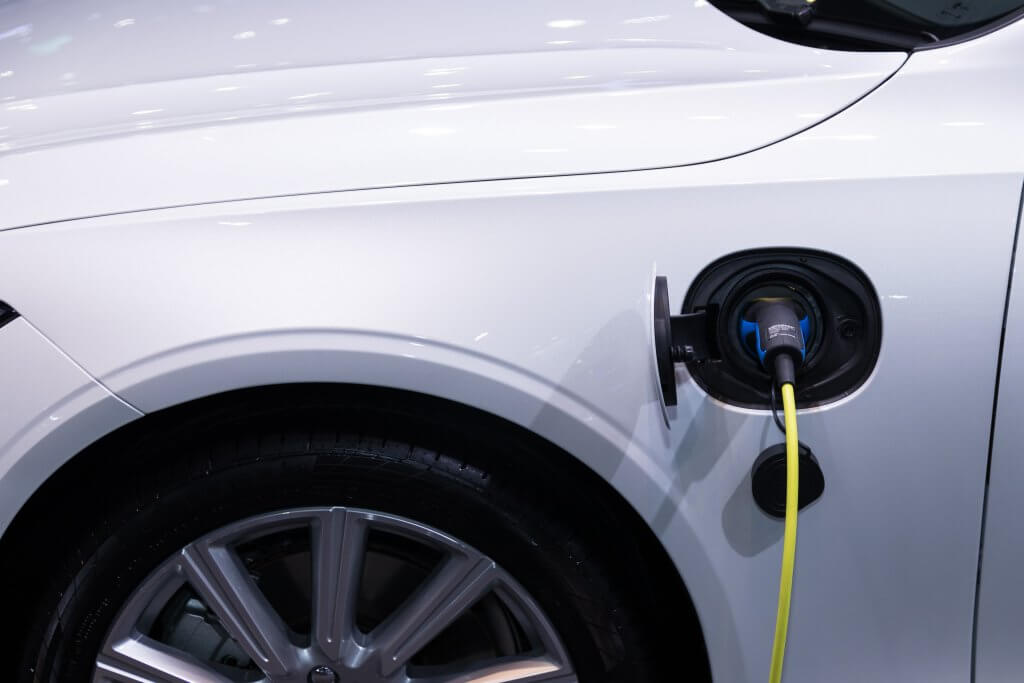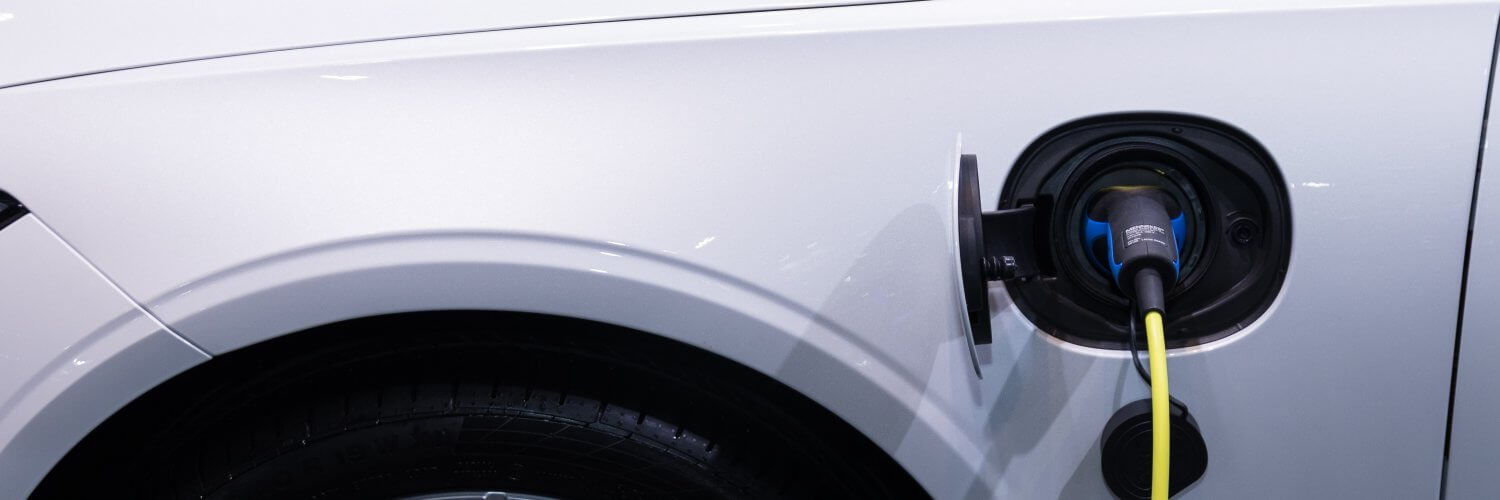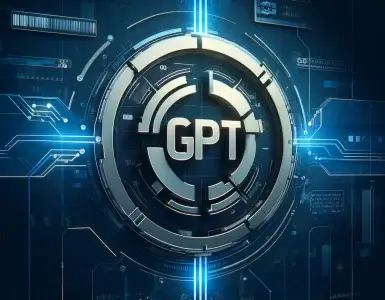
The curtains that came down on Australia’s 3 remaining automobile manufacturers Ford, Toyota and Holden were seen as a turning point for the entire Australian automotive industry, and not a downfall as some may see it as. An examination of the industry reveals that the industry is undergoing a transition or even a transformation of the automotive supply chain and future policy directions. The encouraging stand of the government has maintained a positive figure of 75% of the entire automotive still remaining intact although with a smaller workforce participation due to the elimination of manufacturing components. Another factor that must be taken into consideration is the fact that although the manufacturing components of legacy manufacturers came to an end, these companies still maintain a significant presence in Australia via a variety of other ways such as sales and distribution, engineering services and design and product development. A major part of this presence is also due to the anticipated electric vehicle market wave that according to most is about to swell and eventually become tidal.
The Australian Government has also taken initiatives that are underlined by the electric vehicle phenomenon by providing those affected by the closure of the automobile manufacturing industry. If these closures were to be examined closely, one could even say that these manufacturers shut their plant down to prepare for the incoming electric vehicle era which for Australia is just around the corner. Even the automotive initiatives established by the Australian government when examined closely seems to be developed towards encouraging competitive investments and innovation within the spectrum of the automotive industry that is preparing for the coming electrical vehicle market wave. This much anticipated is bound to impact the demand for conventional automobiles negatively. There was even a $10 million injection by the government for an Automotive Innovation Labs Program that was centered around the establishment of automotive test facilities for automotive products, which only means that the government is all geared up to embrace the EV market and hopes to get ahead of other nations in the region and establish a market leader position for Asia and set domestic automotive components towards being able to cope with the coming change. The Automotive Engineering Graduate Program has also been established to increase talent within the pipeline of the discipline with the hopes of producing highly trained graduate engineers who will contribute to the future structure of Australia’s automotive sector. Even the support components of the automotive sector received an injection of $47.5 million for the advance manufacturing component that will be streamed along with another injection of $155 million set as a Growth Fund to enhance the automotive supply chain.
It is quite evident that the automotive industry of Australia is prepping itself for the coming change. Electric vehicles are not only going to change the structure and market criteria for the automobile industry in Australia, but the entire world. This is an inevitable fact that all nations should sit up and take note.





Add comment